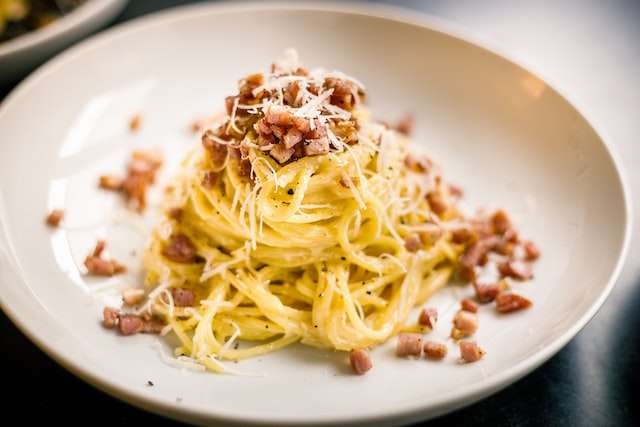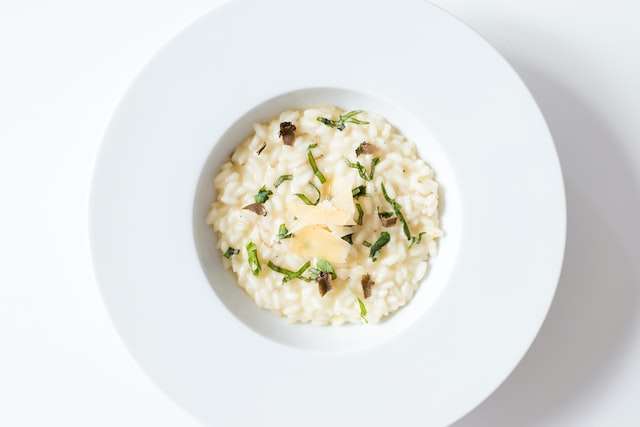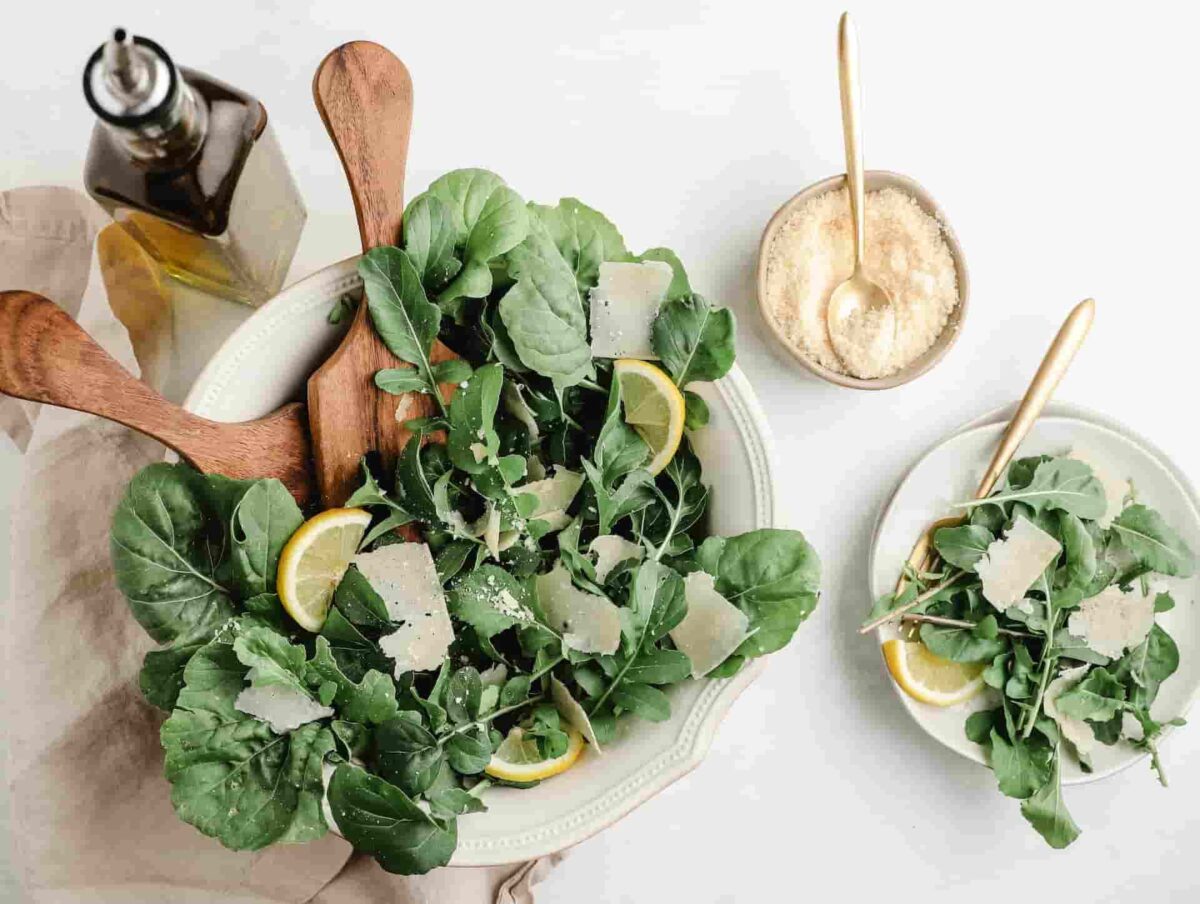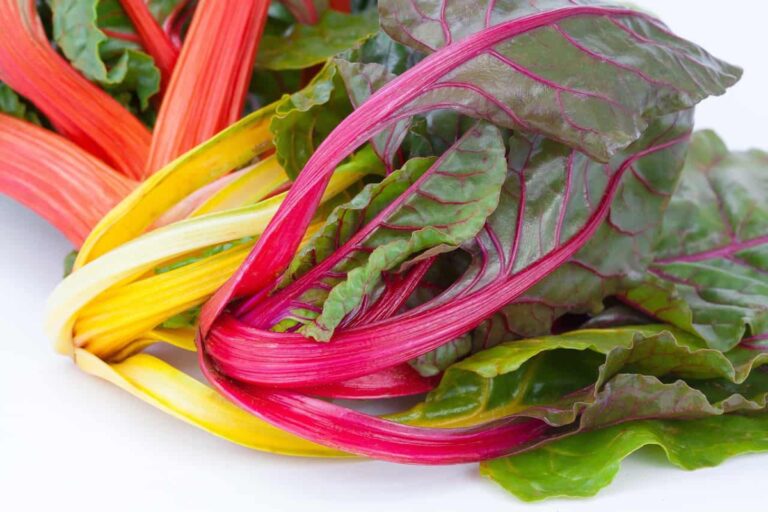Parmesan 101- kitchen insights and benefits
Did you realise that manufacturing fresh parmesan cheese is a very serious and labour-intensive business?
- Since 1996, the Protected Designation of Origin, more often referred to as PDO, has provided legal protection for the use of the European name Parmigiano Reggiano. Only the term “Parmigiano Reggiano” may be used when referring to organic parmesan cheese, as required by both Italian and European legislation. The word “Parmesan” may be used for cheeses that are identical to Parmesan that are produced outside of the EU. Consorzio del Formaggio Parmigiano Reggiano, popularly known as the Parmigiano Reggiano Cheese Consortium, was established in 1928. All manufacturers of Parmesan cheese are required to be members of the consortium.
- The flavour of parmesan cheese improves with increasing age. The flavour of cheese that has been matured for one year normally becomes more sweet, and its texture becomes less gritty. After 2 years, fresh parmesan cheese begins to have a grainier texture and a taste that is more savoury. During the third year, the cheese has grown salty, savoury, and dry, and it has developed a delightful crumbly texture!
- The same Parmigiano Reggiano Cheese Consortium that was stated before conducts quality control checks on each wheel of cheese, and it only awards its stamp of approval when the required quality levels are satisfied. They not only examine the parmesan cheese wheel, but they also make certain that the ingredients and production methods adhere to the industry standard and are historically accurate.
- Did you know that just three ingredients are required to make freshly grated parmesan cheese? Unpasteurized milk, rennet and salt are the sole ingredients in the top-secret recipe. This may seem straightforward at first, but you will quickly learn that the milk can only be produced in the region around Parmigiano Reggiano, and it must be given within two hours after being milked by cows who consume nothing but alfalfa. It is the genuine article!

Parmesan nutrition values and health benefits
- In spite of being a dairy product, parmesan cheese does not naturally contain any lactose, which is an interesting fact. Nonetheless, it does provide a good source of a variety of micronutrients. Calcium, phosphorus, sodium, potassium, magnesium, and vitamin A may all be found in healthy amounts in parmesan cheese.
- Calcium, which is one of the most abundant micronutrients in parmesan, is a significant source of a lot of advantages to one’s health. Consuming parmesan is another great method to get protein into your diet, particularly for those who do not eat meat.
- In Europe, parmesan cheese is regarded as a “functional food,” which refers to a meal that may improve one’s health in some way. Since it contains a high level of calcium that is readily accessible to the body, it has been especially recognised as being effective for preventing osteoporosis and promoting healthy bone health. It has a high concentration of phosphorus, which is another mineral that plays an important role in the growth of bones.
- Consuming an adequate amount of protein is one of the obstacles that many people experience when they follow a vegetarian diet. Cheese in particular is a great source of protein for vegetarians and other people who do not consume meat since it comes from dairy products. In order to maintain optimal health, vegetarians should consume around 3.5 ounces of protein-dense foods each day, such as cheese.
- Calcium is an essential component that must be consumed in order to keep blood pressure at a healthy level. It aids in the constriction and relaxation of blood vessels. A single ounce of parmesan cheese has around 335 milligrammes (mg) of calcium, which is equivalent to roughly 26% of the daily calcium dose that is advised for adults.
- In general, there are not many dangers associated with eating parmesan. Since this cheese does not contain lactose and has a firm texture, it is perfectly OK to chop off any mouldy patches and continue eating the rest of it. On the other hand, there is a component that is present in parmesan, as well as in all cheeses, that might cause an allergic response.
- A person who has a casein allergy is allergic to the protein casein, which may be found in milk as well as goods made from milk. After consuming milk or a milk product, an allergic response may often manifest itself anywhere from a few minutes to a few hours later. A person experiencing an allergic reaction may have hives, wheezing, itching and tingling, swelling of the lips, difficulty breathing, and vomiting. An acute instance of anaphylaxis, also known as severe allergic reactions, may cause a person to lose consciousness or even pass away.
100g of parmesan has 431 calories (1803kj), 38g protein, 29g fat, and 0g carbs, including 0g fibre.

How to store parmesan and how to buy them
- After you arrive home, you should put it in the refrigerator, most likely in the vegetable crisper, which has a higher average relative humidity than the rest of the refrigerator. This is the best spot to store it. Since the blocks are often vacuum-sealed, there is no use in cracking open the container unless it is absolutely necessary to use the cheese.
- When you have removed the item from its packaging, there are a few different storage choices available to you. One option is to wrap either the whole box or just the cheese in aluminium foil. You might also wrap the cheese in cheese paper, wax paper, or parchment paper. Here are some of the other options. Before putting the final closure on the bag, you should make sure that as much air as possible has been removed from it.
- There are many different items available on the market that include shredded and grated parmesan cheese. Yet not all of them are made with the same amount of care. You may, in general, get versions of these that do not need refrigeration as well as those that do. So, the ideal location to keep a package that has not been opened is to store it in the same manner in which it was kept in the grocery shop. When it has been opened, regardless of the kind being discussed, it should be stored in the refrigerator with the lid securely fastened.
- While wedges of parmesan cheese have a rather long shelf life when stored in the refrigerator, freezing them is not an everyday occurrence. On the other hand, parmesan cheese that has been shredded will only keep for a few days. As a result of this, you could be interested in finding methods to make its shelf life longer. And freezing is unquestionably the best option in this scenario. You will be happy to know that shredded Parmigiano Reggiano keeps well in the freezer and may be used in a wide range of recipes.
- If it is not opened, the parmesan should be good for between seven and nine months. Obviously, the container need to have a “use-by” or “best if used by” date or anything along those lines printed on the label. Since parmesan is a cheese that keeps for a long time, it should be OK to eat for a few weeks after the expiration date has passed.
- When it comes to shredded or grated parmesan that is sold in the refrigerator, it should also carry a date that specifies when it should be used by. Since the product gets shredded, the quality of it declines at a more rapid rate. As a result, it ought to be usable for about one week after that date, and that is the limit. When the container has been opened, the cheese should be used within three to five days for the highest quality, and it may be used for up to seven days if the quality is acceptable.
- Hard Parmesan cheese has a lower moisture content, thus it resists mould development and keeps for a longer period of time than its softer counterparts. The basic idea is that the cheese’s storage life is affected by its age and how it was first stored.
- The greatest part is that you can still eat this cheese after a little area of it has become mouldy, as long as you cut it off. To be clear, using grated parmesan cheese is not the same. It spoils more quickly and the mould might be difficult to eradicate.
- If your pale beige cheese suddenly turns yellow, has a funky odour, or develops mould, you know something is amiss.
- Wet, spongy shredded cheese is an indication that it has gone bad. For safety’s sake, you should probably just toss it.

Cooking techniques, secrets, and tips from the kitchen
- It takes at least a year of ageing for Parmesan to qualify for the Parmigiano Reggiano label, which indicates that the cheese is of the highest quality. This indicates that the wheels of cheese have to be ripened for at least this period of time while sitting on wooden tables in rooms that are kept very quiet. On the other hand, Parmigiano Reggiano may be aged for a much longer period of time; in fact, some wheels can sit for as long as ten years! The longer years a cheese has been aged, the more unique the flavours and fragrances will become. Those who live in the city of Parma in Italy feel that the cheese has the finest flavour between the ages of 24 and 32 months, and they claim that this is the ideal time to purchase it.
- You are missing out if you have not tried the classic balsamic vinegar that comes from the Emilia Romagna area of Italy yet; you should definitely do so! It is quite a little sweeter and a little bit thicker than the balsamic vinegar that we are used to purchasing at the grocery store, but it has a great flavour. Since the tanginess of the Parmesan and the sweetness of the classic balsamic vinegar both provide umami flavours, the combination of the two is a match made in culinary heaven. You just need a few drops of this to drizzle over pieces of the Parmesan, and you will have the ideal appetiser.
- While you would think eating Parmesan for breakfast is a little excessive, the reality is that it isn’t. The aged cheese may be used with a variety of our breakfast options, several of which are quite popular. Eggs Benedict is one of our family’s all-time favourite breakfast dishes. Instead of using hollandaise sauce, why not try a sauce made with Parmigiano-Reggiano cheese instead? If you take our word for it, you will really like it. The consistency is precisely the same; however, the traditional morning dish now has a more flavorful profile.
- When one thinks about desserts, parmesan is not often one of the first things that comes to mind as an essential component. But it really ought should! With desserts, you may use parmesan in a variety of different ways, and the end result will always be excellent. Just one example is in a soufflé. Following supper with a cup of coffee and a Parmigiano-Reggiano soufflé is about as satisfying as it is possible to get. You may also use Parmesan to create Parmigiano Reggiano cheese bonbons and Parmigiano Reggiano mousse.
- If you are preparing a dish that has Parmesan as a primary component, you may want to consider serving it with sparkling wine or white wine, since the two complement one another quite well. Lambrusco, a sparkling red wine produced in the Emilia-Romagna area, is one of the red wines that pairs particularly well with this dish. Other red wines, such as merlot, also work well. If you have not had the opportunity to do so already, put it at the top of your must-do list!
- If you want to give your soups, stews, beans, and pasta dishes an additional boost of salty, cheesy, and funky taste, you may add Parmesan rinds while they are boiling. The dried beans, broths, vegetable soups, chicken noodle soup, and Bolognese you make with this will be grateful to you.
- To give soups and stocks a hint of cheesy depth, stir it into the liquid before serving. In the event that you are in the process of preparing risotto and have a pot of broth boiling on the side, why do not you go ahead and add a rind to the simmering soup?
- In order to extract the most amount of flavour from the rind, allow it to simmer for at least half an hour and as much as several hours, if you have the time.
- You should not be concerned about using too much of it since the taste of the rind will never be able to compete with whatever it is that you are preparing in the kitchen.
- Remember to give the rind a swirl every so often while it is cooking to prevent it from burning on the bottom of the pot and to ensure that the taste is distributed evenly throughout the dish. This will also prevent the rind from being stuck to the bottom of the pan.
- After the dish is done cooking, remove the rind by fishing it out. While it is possible to consume the rind, the taste it imparts is the primary reason for include it in the recipe.

History of parmesan from the beginning until today
- The first document attesting to the commercialization of Parmigiano-Reggiano cheese dates back to the year 1200; a notarial deed drafted in Genoa in 1254 shows that the Caseus Parmensis (the cheese from Parma) was already well-known in that city, despite its location far from the region of production.
- Throughout the 14th century, commerce expanded to include the ports of the Mediterranean Sea and the areas of Romagna, Piedmont, and Tuscany.
- Production increased in the Parma and Reggio plains thanks in part to the efforts of feudal lords and abbeys in the Emilia area throughout the 15th century, which fueled additional economic growth.
- The heaviness of each wheel climbed to a maximum of 18 kg as their diameter grew. In the 16th century, the so-called “vaccherie,” or cowsheds, were attached to a dairy in order to process the milk of the owner and the share croppers who took turns helping the cheese master, thus the term “turnario” in Italian. The dairy industry eventually became an important focal point in terms of production, economics, and culture at large.
- Parmigiano Reggiano’s manufacturing process has remained unchanged throughout the ages, and the cheese is still created in the same all-natural fashion without any additions that it was back in the Middle Ages. Fermented whey and steam heating are only two examples of the many early 1900s technologies that have endured to the present day.
- After to the war, the Stresa Conference on the designation of cheese in 1951 stimulated a fresh wave of interest in Parmigiano Reggiano. In 1954, Italy passed a legislation protecting geographical names, and the original Consortium evolved into the present Parmigiano Reggiano Cheese Consortium.
- Parmigiano Reggiano is one of the most counterfeited and duplicated cheeses in the world; in 1996, it was recognised as a European Protected Designation of Origin (PDO), a crucial step towards Community protection.
- The original Italian cheese served as the inspiration for a family of hard grating cheeses manufactured from cow’s milk and called Parmesan cheese that are produced outside of the European Union. They tend to have a yellowish-white hue and are often grated before being used in foods like pizza, spaghetti, and Caesar salad.







